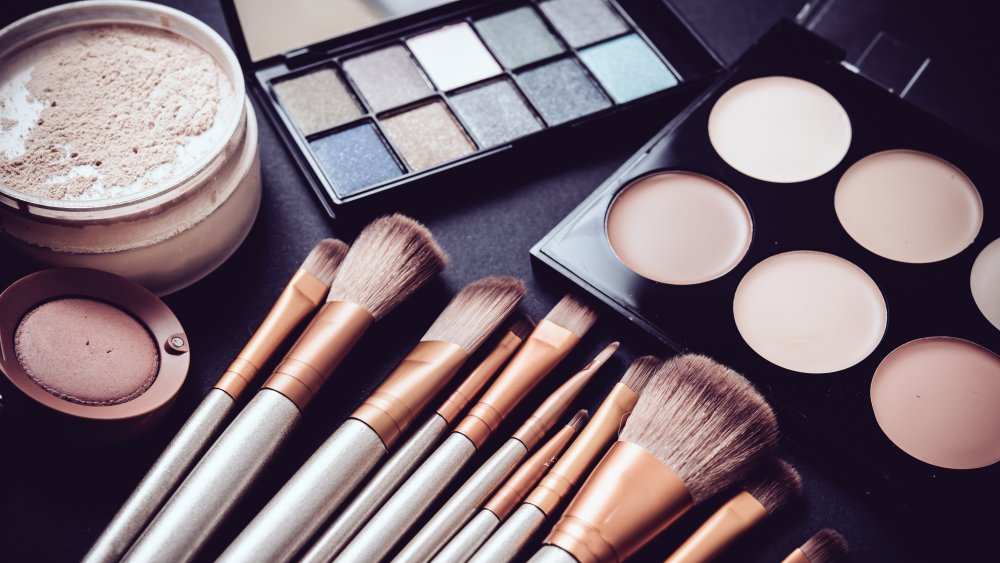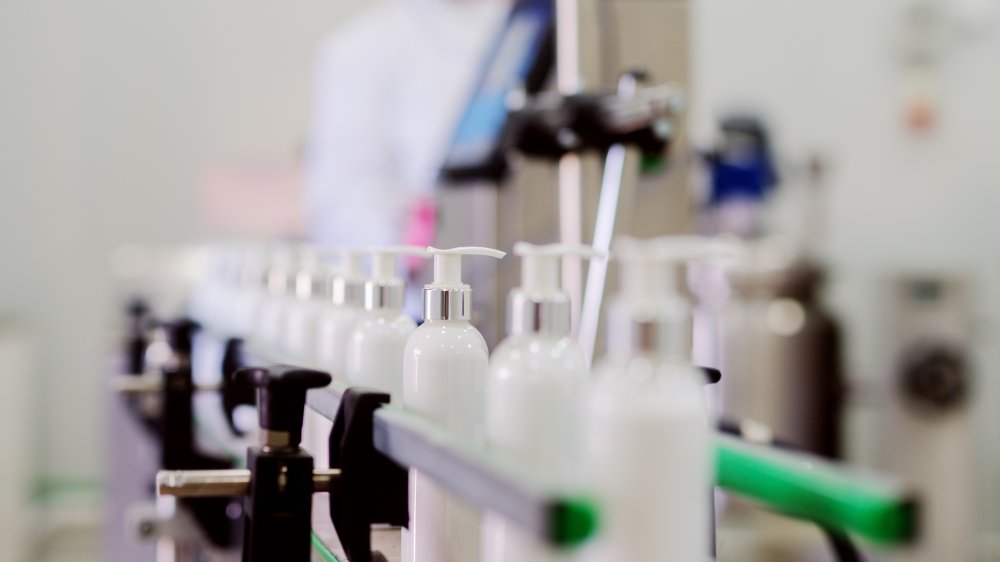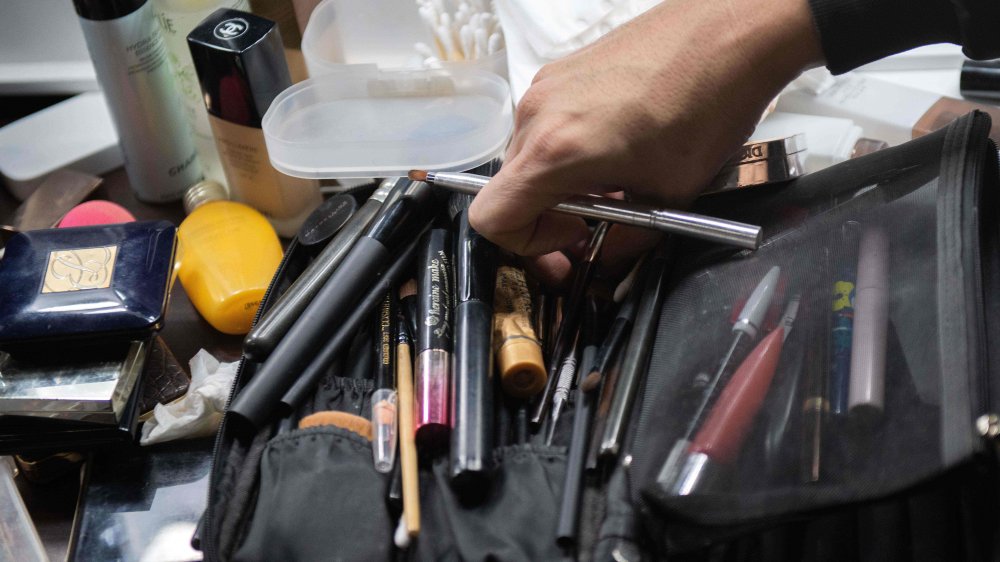The Truth About Cruelty-Free Makeup
We're certain Congress had our best interests at heart when they signed the Food, Drug, & Cosmetic Act in 1938 (via U.S. FDA). After all, the law was meant to force companies to prove that their products were safe enough to use. Case in point: during the late 19th century, National Geographic says U.S. newspapers were marketing wafers that promised to remove freckles, pimples, and other facial blemishes... and the wafers were made with arsenic.
But times change, and cruelty-free, which means neither the ingredients nor the products themselves have been tested on animals, became a thing in 1991. That's the year The Humane Society says The European Centre for the Validation of Alternative Methods was set up to find ways to test cosmetics using ways that would reduce human dependence on animal testing. By 1996, the Leaping Bunny coalition, which manages the cruelty-free designation in the U.S. and Canada, was born.
Why 'cruelty-free' may not actually be cruelty-free
While the biggest beauty brands say they don't test on animals, that may not necessarily be the case. The only way to tell, for sure, is the presence of the Leaping Bunny certification.
HuffPost says that while animal testing isn't mandatory in the U.S. like it is in China, it's not banned either. On their site, the FDA says, "[T]he agency has consistently advised cosmetic manufacturers to employ whatever testing is appropriate and effective for substantiating the safety of their products. It remains the responsibility of the manufacturer to substantiate the safety of both ingredients and finished cosmetic products prior to marketing. In some cases, after considering available alternatives, companies may determine that animal testing is necessary to assure the safety of a product or ingredient."
In the absence of a federal law that bans animal testing, states have been left to set up their own standards to define what "cruelty-free" means. So far, New Jersey (2007) and New York (2008) have passed a law that required companies to adopt alternative testing methods, and California banned the sale of cosmetics tested on animals that took effect January 2020.
China mandates animal testing — even on imports
Beauty companies who go cruelty-free run the risk of losing the opportunity to enter what is positioned as the world's biggest cosmetics markets: China. Even today, Bloomberg says China requires animal testing on many beauty products that are meant to be sold domestically, even if products are manufactured overseas and imported. Analysts who study the Chinese beauty market say the country relies on animal testing because their manufacturers are constantly under fire for producing poor-quality goods and they don't have the ability to evolve and use alternative methods.
Even if companies don't do business with China, HuffPost says some brands use ingredients that are sourced from the pharmaceutical industry — and those companies don't have the same rules. "If an ingredient is tested for pharmaceutical application, that information can be transferred to the cosmetic industry and the new ingredient can be used," cosmetic chemist Perry Romanowski says.
The best way to make sure your makeup is actually cruelty-free is by checking the Leaping Bunny website, where only products that have not been tested on animals at every stage of production can be listed. For now, that will have to do.


